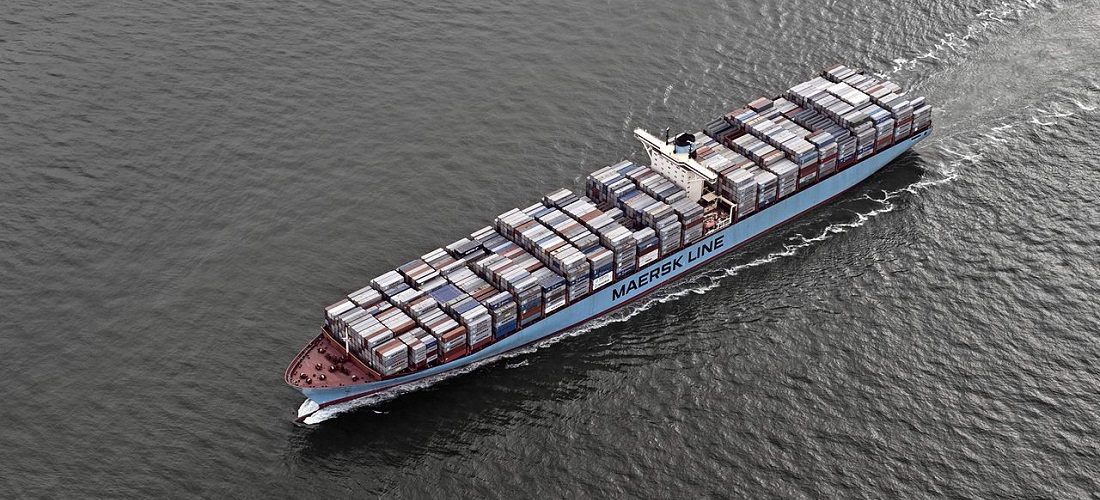
What to expect in 2025: 5 evolving dynamic trends for freight forwarding
Dec, 27, 2024 Posted by Gabriel MalheirosWeek 202450
In 2024, Maersk highlighted trends expected to shape the future of freight forwarding. As we enter 2025, many of these issues remain relevant, underscoring the enduring yet evolving dynamics of global logistics. While advancements have been made, the fundamental complexities around digitalisation, decarbonisation, and supply chain resilience persist, further amplified by upcoming regulations entering into force in 2025.
Continued Digital Transformation: Digitalisation remains a cornerstone of progress in freight forwarding. The continued adoption of advanced technologies like artificial intelligence (AI), blockchain, and Internet of Things (IoT) will streamline operations, enhance transparency, and improve decision-making. Real-time tracking, predictive analytics, and automation tools offer improved visibility and operational efficiency. A recent Accenture study reveals that 29 percent of supply chain executives plan to fundamentally reinvent their supply chain management using generative AI. The promise of a fully digitised and interconnected global logistics ecosystem remains a work in progress, with investments in technology adoption and data standardisation continuing to be key priorities.
Sustained Focus on Decarbonisation: As predicted in 2024, decarbonisation continues to dominate industry conversations. Freight forwarders are increasingly focused on reducing their carbon footprint, with customers desiring greener logistics solutions. Alternative fuels, route optimisation, and energy-efficient technologies are more widely adopted, but scaling these initiatives remains a challenge due to infrastructure limitations and cost concerns. The implementation of the European Union Emissions Trading System (EU ETS) and FuelEU Maritime regulations in January 2025 adds new layers to decarbonisation efforts. These policies require maritime operators to comply with stricter emissions caps and adopt cleaner fuels. In this video, Raj Kumar Khatri, Regional Product Manager at Maersk, explains how the EU ETS change will affect the shipping industry, and what customers can do to prepare. Freight forwarders are navigating increased costs associated with carbon pricing under EU ETS and the need to adjust operations to meet FuelEU compliance standards. These regulations are designed to accelerate decarbonisation, and while they necessitate financial and operational adjustments, they also will inspire innovation and progress as the industry embraces these changes.
Resilience in Supply Chains: Geopolitical tensions, natural disasters, and economic uncertainty have made supply chain resilience an enduring priority. Diversifying suppliers, routes, and transport modes remains critical for mitigating disruptions. The lessons of the past years have solidified the importance of flexibility and adaptability, particularly as businesses contend with new regulatory requirements and market shifts. Another valuable approach to navigating uncertainty and adversity is embracing antifragility. This concept is introduced by Nassim Nicholas Taleb’s book, Antifragile: Things That Gain from Disorder. With antifragility, systems don’t just survive uncertainty; they grow stronger because of it. By embracing antifragility, freight forwarders transform disruption into an advantage, positioning themselves as leaders in an ever-changing industry.
The Ongoing Impact of E-Commerce: The explosive growth of e-commerce continues to influence freight forwarding strategies. In 2025, consumers want even faster and more reliable deliveries, driving the need for innovative solutions in last-mile logistics and inventory management. The customer-driven nature of e-commerce demands that freight forwarders not only deliver goods but also provide seamless, transparent, and responsive services tailored to e-commerce business needs. Thanks to technology, significant improvements have been achieved, and the ongoing challenge lies in harmonising speed, cost, and decarbonisation to unlock even greater potential.
Regionalisation of Trade Networks: Global supply chains are increasingly shifting toward regionalisation, as companies seek to reduce costs, improve delivery times, and mitigate risks. This trend, anticipated in 2024, has only accelerated, with freight forwarders focusing on strengthening intraregional networks and leveraging localised warehousing solutions to meet customer demands.
Source: Maersk
-
Grains
Aug, 18, 2021
0
Agribusiness in Brazil posted a surplus of US$10.1 billion in July
-
Ports and Terminals
Jun, 17, 2021
0
Cabedelo will handle more than 97,000 tons in June
-
Fruit
Dec, 30, 2024
0
Mango Earns Quality Certification as Paraguay Explores Export Potential
-
Automotive
Sep, 08, 2021
0
Vehicle production in August 0.3% higher than in July, even with factory stoppages


